
views
Selecting and Preparing Your Cheese
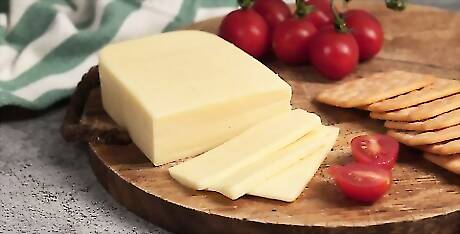
Choose harder cheeses. Harder cheeses have a lower melting point. These cheeses are the types that are more frequently used in sauces, in dishes like grilled cheese, and as the base for soups. Cheddar, Gruyere, Euda, Gouda, Munster, and Swiss cheese are great cheeses for melting. Reduced fat cheeses can melt, but they may take longer to melt and be tougher during stirring.Did You Know? They can also be used to make Swiss fondue, in which case you will need Emmenthal or Gruyere cheese.
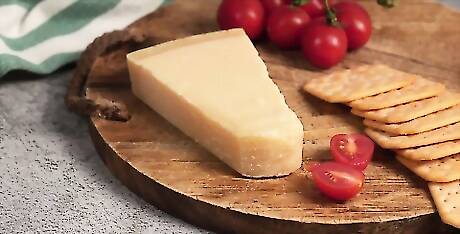
Avoid soft cheeses. Low-fat and low-moisture cheeses, such as Parmesan and Romano, burn easily and do not melt into a dip-like consistency. Extremely soft cheeses, like feta and ricotta, will never melt and should be avoided when making melted cheese.
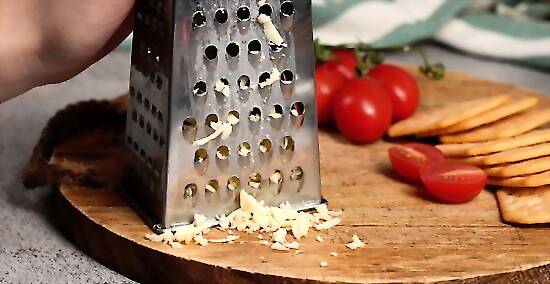
Grate, shred, or slice your cheese. Cheese will melt quicker if it's cut into smaller portions. Grate, shred, or slice your cheese prior to melting it. There is not a significant difference between grating, shredding, or slicing. You can use whichever option is most convenient for you.
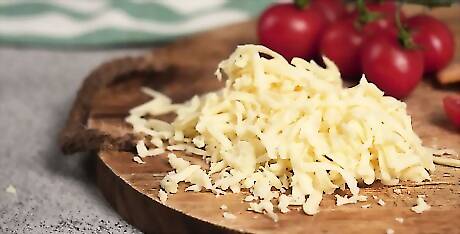
Let the cheese come to room temperature. If you melt cheese cold, it may cause it to melt slowly or unevenly. Let your cheese sit out until it comes to roughly room temperature before you try to melt it. Most cheese will come to room temperature in about 20 to 30 minutes. Do not leave cheese sitting out for more than two hours.
Melting the Cheese over the Stove

Use a non-stick skillet. Cheese can very easily stick to the side of a pan or dish during the melting process. Select a dish with a non-stick coating to melt your cheese to avoid this problem.

Place the cheese over low heat. Place your cheese over the stove at low heat. Never start heating cheese on high or medium heat, as this will cause cheese to heat unevenly.
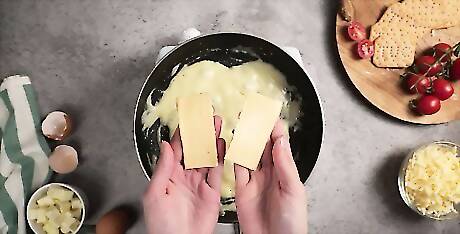
Add a dash of corn starch and evaporated milk. A little starch and milk keeps cheese from separating too quickly, resulting in a lumpy, uneven mixture. The amount of each will vary, depending on how much cheese you're melting, but you only need a small dash of each to keep the cheese smooth.

Try adding American cheese. You can also add a few small slices of American cheese, as this type of cheese has properties that helps cheese melt smoothly. If you don't mind the taste of American cheese, throw a slice or two into your cheese mixture.
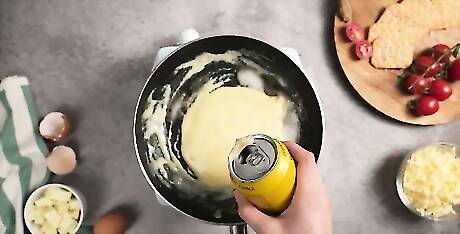
Add an acidic ingredient like vinegar or beer. If your cheese gets lumpy as it melts, a small amount of an acidic ingredient can help. Alcohol, like white wine or beer, works great and adds flavor. If you'd prefer not to use alcohol, however, you can try something like vinegar or lemon juice instead.
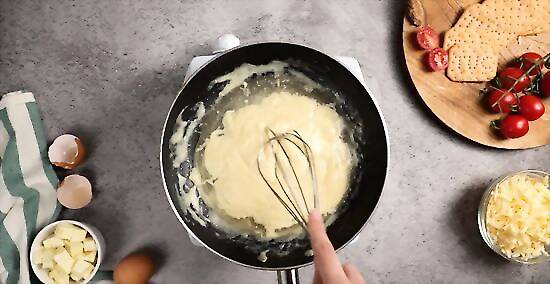
Whisk the cheese continuously. Use a wire whisk or fork to continually whisk the cheese as it melts. This will mix in any added ingredients and also keep the cheese mixture smooth.

Remove the cheese as soon as it's melted. You should remove the cheese from the stove as soon as it reaches the consistency you want. Cheese has a low burning point, so melting cheese any longer than necessary can cause it to burn.
Melting the Cheese in the Microwave
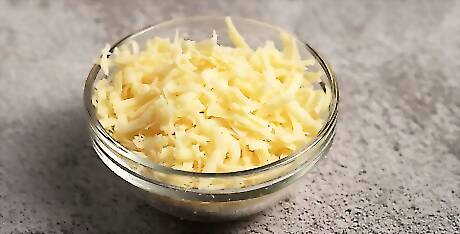
Place your cheese in a microwave-safe container. Cheese is best melted in a non-stick container. However, it may be difficult to find one that fits in your microwave. A ceramic bowl or other similar container can work as well, although you may want to spray it down with a non-stick spray.
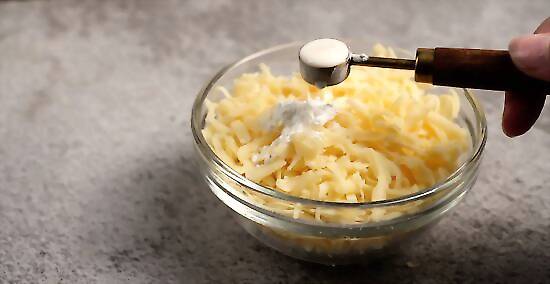
Add some corn starch and evaporated milk. Before placing your cheese in the microwave, a little starch and evaporated milk is necessary. This will help your cheese from becoming lumpy during the cooking process. The precise amounts will vary depending on how much cheese you're melting, but you should only need a small dash of each.
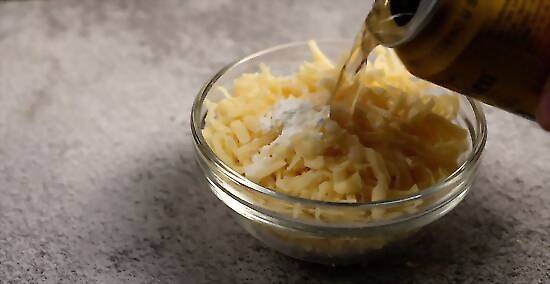
Mix in an acidic ingredient. An acidic ingredient can add flavor and help cheese stay smooth while it's melting. White wine and beer can add flavor to cheese as it melts. If you'd prefer not to add alcohol, try something like white vinegar instead.

Melt your cheese on high for 30 seconds. Place your cheese in a non-stick microwave safe dish. Microwave the cheese for 30 seconds on high. Usually, this is enough time to adequately melt the cheese.

Remove and stir the cheese. Stir the cheese after removing it from the microwave oven. Ideally, it should be evenly mixed with a smooth, lump-free texture. If the cheese is still lumpy and somewhat solid, return it to the microwave. If you want to make fondue, you have to serve it in a special pot with a special burner to keep it warm so that it does not cool down and solidify. The fondue should have a thick and creamy consistency, it should not be lumpy or liquid.

Melt the cheese in 5 to 10 second intervals. If the cheese is not melted after 30 seconds, remove it from the microwave, stir it, and then microwave it for an additional five to 10 seconds. Keep microwaving your cheese in small intervals until it reaches the consistency you want.



















Comments
0 comment